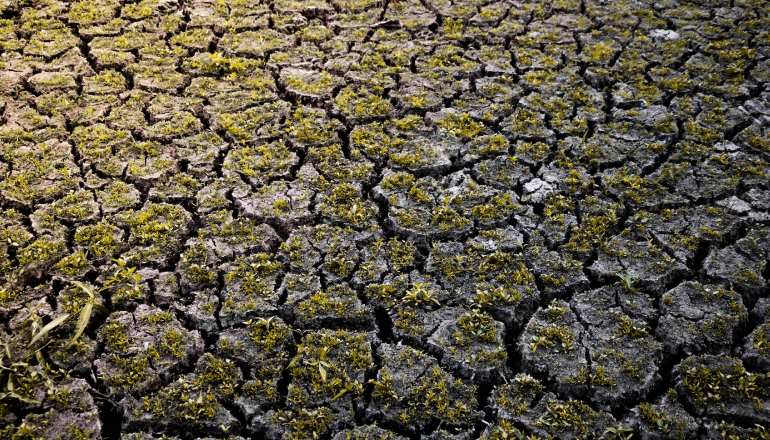The earth is warming at a rapid pace. The year 2023 served as a blistering preview of what’s to come. Data from the Indian Meteorological Department (IMD) confirms that last year was the second-hottest in over a century (since 1901).
And the heat is not limited to the daytime. A recent study reveals a worrying trend: rising nighttime temperatures in Indian cities. The culprit? Surface urban heat islands (SUHIs). Delhi leads the pack with a 2-degree nocturnal increase, followed by Ahmedabad and Surat at 1.9 degrees, respectively. It’s not just about rising temperatures but the impact of the volcanic heat on the lives of people and the environment.
Remember, 2023 wasn’t just toasty for India; it was the hottest year for the entire planet. Extreme weather events fueled a feverish Earth.
India alone saw nearly 3,000 reported climate deaths. And these are just the official numbers; unreported cases may paint a far starker picture. More than half of these deaths were caused by floods, landslides, and lightning, a reminder that nature’s wrath comes in many forms.
The fact draws home a heated argument: Limiting global temperature rise to 1.5 degrees Celsius seems improbable. But the world is reaching a reluctant consensus for below 2 degrees Celsius.
The massive earthquake in Japan, which triggered several more on New Year, is a wake-up call.
One may argue that Japan is earthquake-prone. But the intensity and frequency of these tremors raise alarm bells.
This grim reality leads us to a crucial crossroads: how do we build climate-ready communities? Is there a magic bullet?
Certainly NOT. But there is hope. By working together, we can invest in infrastructure that can withstand rising temperatures and extreme weather. We can educate and empower communities to cope with climate change risks. We can nurture green spaces that cool our cities and revitalize our planet.
So, while 2023 may have brought us planetary fever, let’s not succumb to the heat. Let’s rise to the challenge in 2024, and make it resilient, cooler and safer for all.











